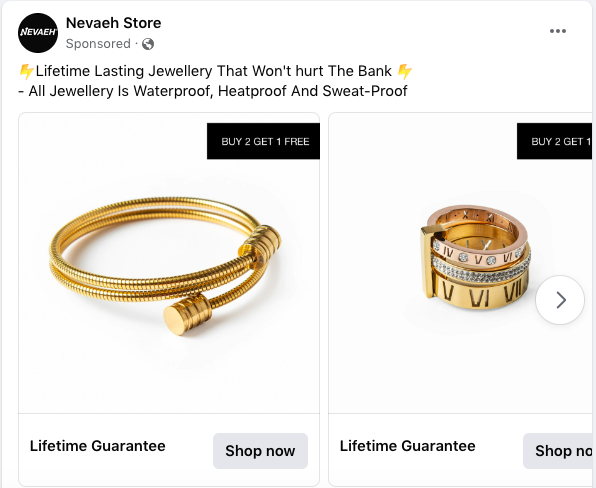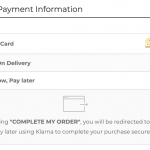If you’re operating an eCommerce business, you may know that clickbaity ads times are a long time gone, and you must now have a clear retargeting strategy to make your visitors convert.
How retargeting works
Retargeting allows you to re-follow up with the visitors that showed interest in your product or brand.
To create a successful retargeting strategy, you must be firstly aware of the journey your customer takes from discovering your brand to buying your product, and then carefully choose where and how do you place a retargeting add in order to make them convert.
To simplify this, you can choose to retarget your ads to people who interacted with your brand. At this point, they are already aware that you exist as an option for their needs; Now you must show them why you are the BEST option on the market. You can do that with some extra product benefits, showing them other customers reviews, etc.
Types of retargeting
There are numerous types of retargeting strategies advertisers use. Let’s have a look at the most common ones allowed by most advertising platforms;
- Website Retargeting – This type of strategy will re-show your ad to people who visited your website and interacted with it, but abandoned the cart or exited the session.
- Impression Retargeting – Most commonly used to re-show your ad to people who saw it before, but did not engage with it in any way yet.
- Views Retargeting – You can choose this type of strategy to re-show your ad or a new ad to people who watched up to a certain percentage of a video you promoted before.
- Dynamic Retargeting – Often used by eCommerce brands, this strategy will dynamically display to users the last product they visited on your store.

Successful retargeting strategies for sales funnels
Sales funnels are already known to out-perform traditional eCommerce stores due to their structure, offers and flow. However, if you want to scale-up your sales funnel, you still need to have in place a correct retargeting strategy.
We put together a successful retargeting strategy, which can easily be adapted and customized to fit your sales funnel;
Stage 1 – Strong Advertorial
Create a warm-up advertorial. This kind of piece should mainly focus on offering information and teaching the audience about your product.
RETARGET the audience who engaged with your advertorial and read throughout it, or also moved to the next step without purchasing yet.
Stage 2 – Landing page
You can now create a landing page for people who engaged with your advertorial. You should showcase your main offer here, and optimize the whole copy and flow to convert.
At this point, you can either collect leads if it makes sense for your business logic, or send the people straight to the checkout.
RETARGETING – If someone dropped out of Stage 2, then you can bring them back to a separate funnel with a discount applied on the main offer. Your copy and offer must resonate with the main offer but not be THE SAME.
There is no point in bringing them to the same funnel, hence the new funnel must be even better optimized and emphasise on something like More Savings, or Something Extra!

Other retargeting tricks with Funnelish
- Recover abandoned carts – Funnelish collects the “Purchase Attempt” which means customers either they dropped off at (PayPal, Klarna while trying to do the payment) or their Card payment failed. This indicates a high intention to buy, so you can retarget those with a carefully crafted and “personalized” email through Funnelish using an SMTP (Sendgrid).
The email must look genuine and not sound formal. You can write anything like “Hey, we noticed you faced some issues getting your order through.. Here’s an XYZ discount as an apology for the inconvenience”.
Such emails tend to perform better when sent through a SMTP, rather than through massive CRM platforms such as Klaviyo, etc.
Learn more about sales funnels and how to reduce abandoned carts



Be the first to leave a comment